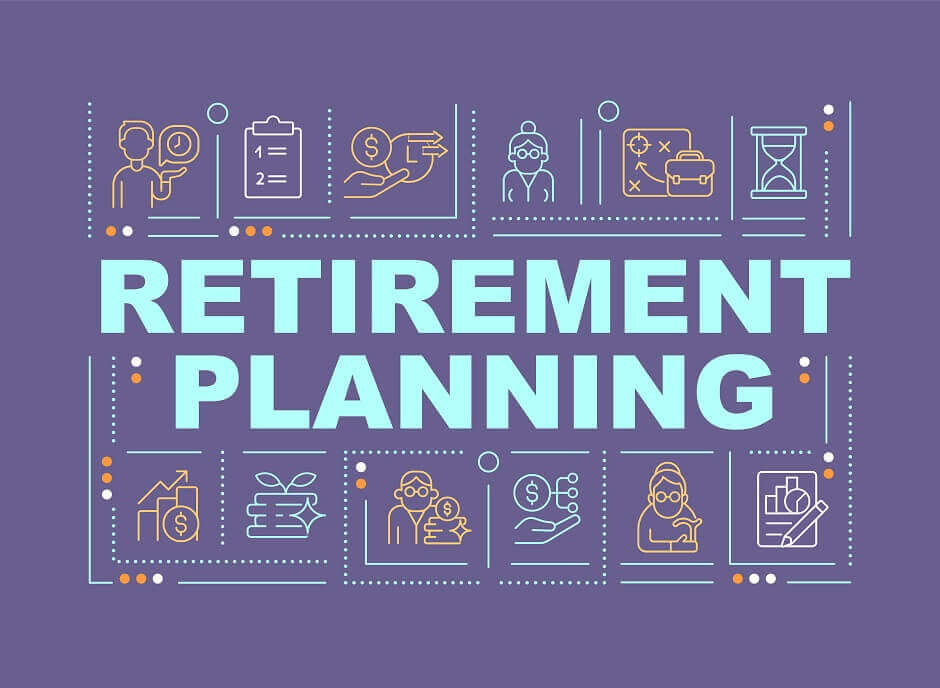How to Plan for the Different Stages of Your Retirement?

After retiring from the workforce, your life won’t just be one continuous vacation. When preparing for a prosperous retirement, it’s critical to ensure that you have sufficient money to live comfortably. But it’s also crucial to understand how much you’re going to spend over time.
Knowing what to expect throughout your retirement years:
You can divide the retirement years into three periods. These times are determined by your health and the activities you participate in as you become older. Your spending patterns at each level will reflect that.
While everyone’s situation is unique, the most convenient way to think about your retirement is to divide it into:
Stage 1: The Active Years
During this phase of retirement, you will be mentally and physically most capable of leading an active lifestyle. This phase may be similar to that of pre-retirement, with the exception that there may be more time to pursue interests like vacations and hobbies.
This period will contain work for some. Part-time work, consulting in the same field as their pre-retirement job, or self-employment are viable options. Active retirement, in any event, is living the classic retirement dream.
How Should You Plan for the Active Phase?
When planning for retirement, think about how you want to spend your early years in retirement and budget accordingly. When you retire, keep track of your expenditures versus your budget and make any required modifications.
Stage 2: The Sedentary Years
Your body will urge you to reduce your workload in the following phase of retirement. Around the age of 70 to 80, life begins to settle down into routines, and excitement starts to fade.
Many people in this stage of life have consistent routines, such as banking on Tuesdays, grocery shopping on Thursdays, spending time with family and friends on Saturdays, etc.
There is a reason for these regular routines: Energy levels fluctuate, and patterns allow you to reduce work and thoughts without sacrificing enjoyment. Developing habits that provide comfort and security become increasingly important as we age.
What Should You Do During the Sedentary Years?
While most individuals like having fewer bills to pay, the healthcare costs tend to rise as you get older and become more physically inactive. These expenditures tend to increase more rapidly than other costs, making inflation a significant issue when managing your savings.
Stage 3: The Frail Years
As you age, your activities and abilities slow down, and you might feel mentally, physically, and financially stressed during this period.
This stage frequently necessitates assistance from family, governments, or agencies. Furthermore, options become significantly less.
How to Prepare for Your Frail Years?
When preparing for retirement, it’s critical to account for rising healthcare costs. Long-term care insurance might be a good idea at this point to aid with the financial burden.
If you want to leave a legacy for the people, strike a balance between caring for others and ensuring your own financial security.
Summing Up
It’s best to pursue your highest-activity desires during your first phase of retirement because your health and energy levels will be at their peak. Keep an eye on your budget to avoid overspending and causing problems later.
Many retirees endure feelings of isolation in their middle and later years of retirement, so it’s vital to stay in touch with family and friends throughout this time.
And keep in mind that you worked hard for decades to be able to retire in peace and comfort. This period in your life should be all about you, so devote your time and energy to having fun!



